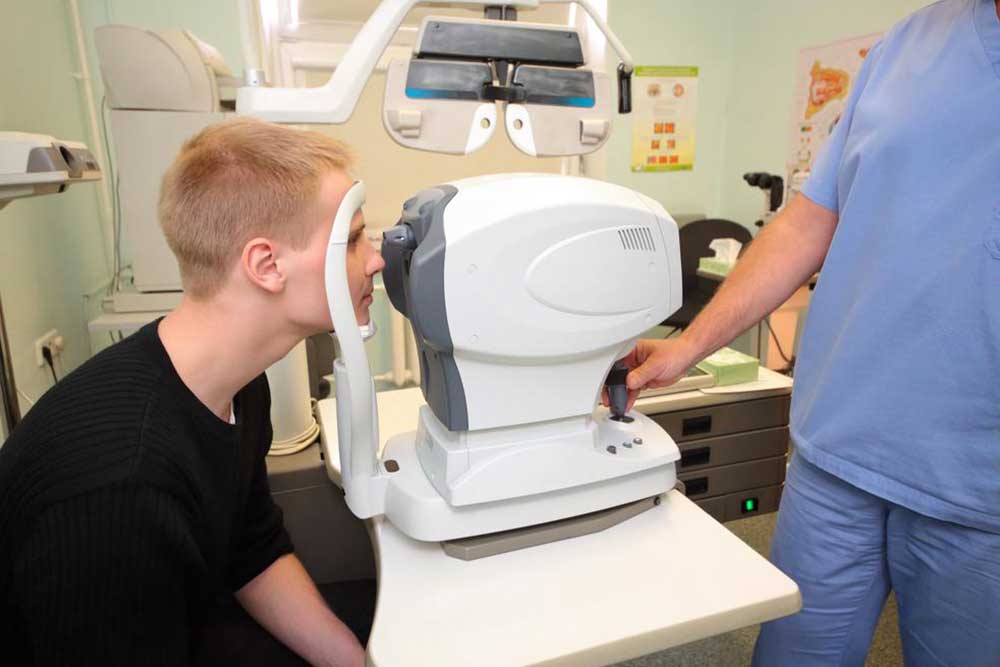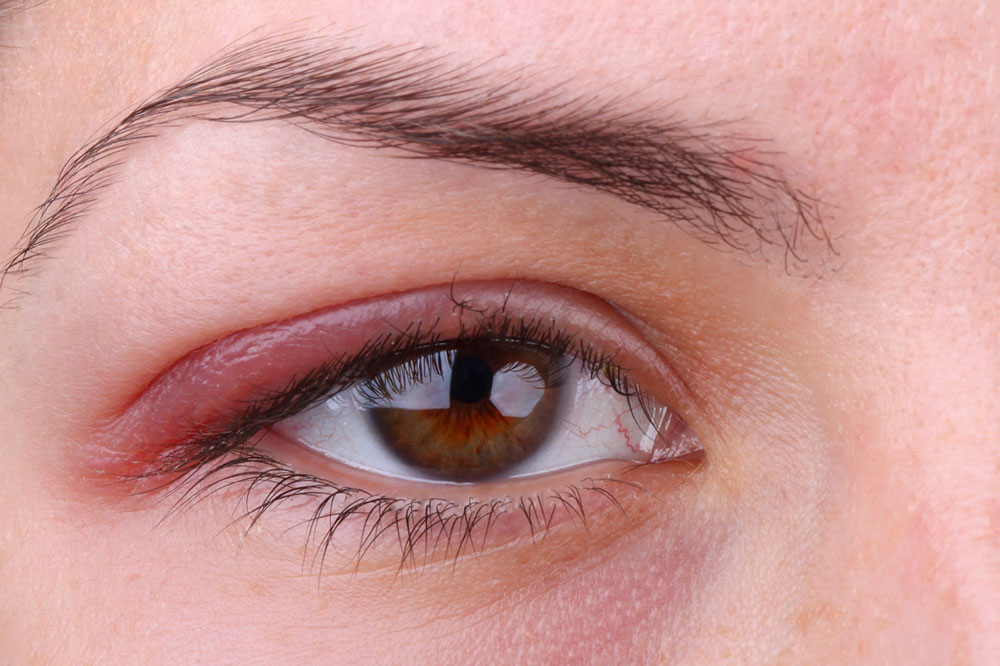Warning Signs and Early Detection of Retinal Detachment: What You Need to Know
Retinal detachment is a critical eye condition that can lead to permanent vision loss if not treated swiftly. This comprehensive guide highlights the early warning signs such as sudden floaters, flashes of light, and visual shadows, emphasizing the importance of early diagnosis and prompt medical intervention. Regular eye exams and awareness of risk factors can help prevent severe damage. Learn about the symptoms, diagnostic methods, treatment options, and preventive steps to protect your vision from this sight-threatening condition.

The retina, a thin layer of light-sensitive tissue located at the back of your eye, plays a crucial role in converting light into neural signals that are processed by the brain to produce visual images. Its health is vital for maintaining clear and sharp vision. Retinal detachment is a serious eye condition where this delicate tissue pulls away from the underlying supportive layers, which can result in permanent vision loss if not diagnosed and treated promptly. Understanding the early warning signs and symptoms of retinal detachment can significantly improve the chances of preserving your sight.
Retinal detachment typically occurs due to a tear or hole in the retina, allowing fluid to seep underneath and cause the retina to detach from its underlying structures. This process may develop gradually or suddenly, depending on the cause. Certain risk factors increase the likelihood of retinal detachment, including advanced age, nearsightedness, previous eye injuries, cataract surgery, or family history of retinal issues.
The consequences of a detached retina are severe because, once detached, the cells in the retina lose their blood supply, leading to cell death and irreversible damage. Therefore, awareness of early symptoms is essential for prompt intervention. Recognizing warning signs such as the sudden appearance of floaters, flashes of light, or a shadowy curtain across your visual field can help you seek immediate medical care. Delayed treatment could mean permanent loss of vision, making early detection paramount.
Common Symptoms of Retinal Detachment
Sudden onset of floaters: These are small shapes, often dark or translucent, that drift through your field of vision. They may resemble cobwebs, squiggly lines, or spots. An increase in floaters might indicate a retinal tear that is progressing to detachment.
Flashes of light (photopsia): Brief flashes, especially in peripheral vision, often occur in the warning stages of retinal detachment. These flashes happen when the vitreous gel inside the eye pulls on the retina.
Peripheral shadow or curtain: A shadow, veil, or curtain moving across your visual field indicates a detachment spreading across the retina. This symptom often starts in the periphery and can advance toward the center.
Sudden decrease in visual clarity: Vision may become blurry or dim, particularly in one eye. This change can occur gradually or suddenly, especially as the detachment worsens.
Halos or rings around lights: Unusual halos around lights, especially at night, may be associated with retinal issues and warrant immediate medical evaluation.
Importance of Early Diagnosis and Treatment
Early detection of retinal detachment is critical to prevent irreversible vision loss. If you notice any of the symptoms described above, it is vital to seek urgent medical attention from an ophthalmologist. Diagnostic procedures such as retinal examination, slit-lamp examination, and imaging can confirm the diagnosis.
Treatment options depend on the severity and extent of detachment. Common interventions include laser therapy, cryopexy (freezing treatment), pneumatic retinopexy (a gas bubble inserted into the eye to reattach the retina), scleral buckling, or vitrectomy. Prompt treatment can often reattach the retina successfully and restore vision, especially if performed before extensive damage occurs.
In addition to immediate treatment, regular eye check-ups are vital for individuals at higher risk. Managing underlying conditions like diabetes or controlling myopia can reduce the likelihood of retinal detachment.
Preventive Measures and Eye Care Tips
Regular eye examinations, especially if you have risk factors.
Avoid eye trauma by wearing protective eyewear during sports or hazardous activities.
Be aware of changes in your vision and seek timely medical advice.
Manage systemic health conditions that might predispose you to retinal problems, such as diabetes.
Maintain a healthy lifestyle with proper nutrition and regular exercise to support overall eye health.
In conclusion, retinal detachment is a serious medical emergency that requires prompt recognition and treatment. Awareness of its early symptoms and timely intervention can prevent permanent visual impairment. If you experience sudden floaters, flashes, or visual shadows, consult an eye specialist immediately to safeguard your vision and preserve your quality of life.





